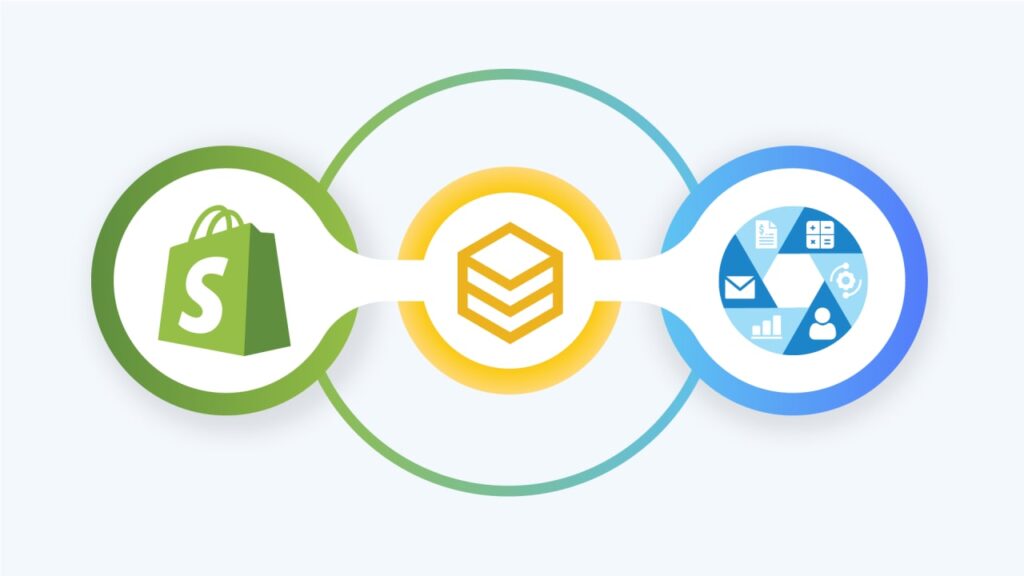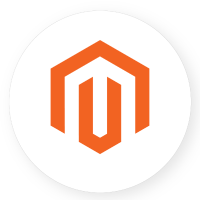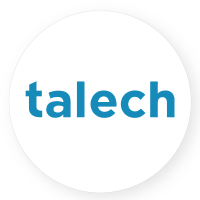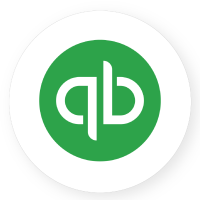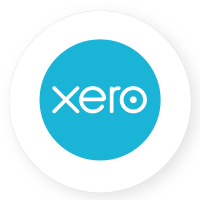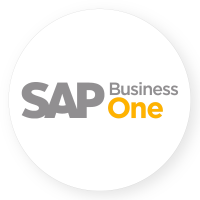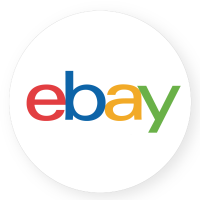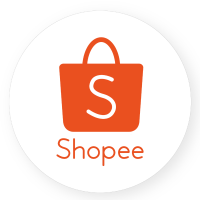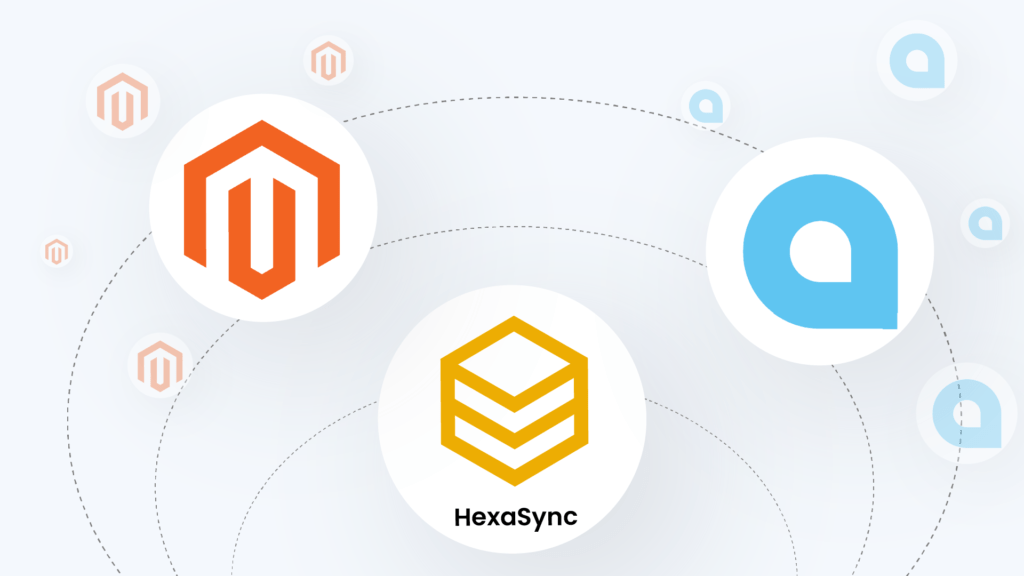Shopify Lightspeed Integration is a key method to address the problem of management. Within the emergence of point-of-sale software, integrating point-of-sale (POS) systems may be relatively new to some merchants and businesses. However, the outstanding benefits that it brings are undeniable; thereby, integrating point-of-sale management software is becoming prevalent in businesses.
To understand what point-of-sale integration is and how to integrate Shopify into the Lightspeed POS system, let’s delve into this article.
Table of Contents
What is Lightspeed?
![The Complete Guide To Shopify Lightspeed Integration - [ Updated 2025 ] 1 lightspeed dashboard](https://www.hexasync.com/wp-content/uploads/2021/09/lightspeed-integration-300x224.png)
Lightspeed is more than just retail POS software – it’s a store management system that will help you run every aspect of your business. From inventory management to data analysis, sales processing, and employee management, Lightspeed’s cloud-based point-of-sale software empowers you to control your physical shops and online stores directly on the same system.
With a positive user-experience interface and many specialized features supporting different business industries, Lightspeed POS is a good choice for most small and medium enterprises.
The above chart illustrates the popularity of Lightspeed POS through the interest search on google over the past year. As is shown, the average search interest of Lightspeed is the highest compared to the two other competitors.
If you are not familiar with Lightspeed POS and its functional system or the development journey of this cloud-based point-of-sale system, you are better off having further read-through Lightspeed POS Instructions.
POS Market Share
The POS market has huge growth potential. The statistic collected from Grand View Research shows that 2020 the global POS software market will reach 9.26 billion USD in 2021. The growth in the period of 2021 to 2028 is expected to achieve a compound annual rate of 9.8%.
The reasons driving the growth of the cloud-based POS market are.
Next, regarding the cloud-based POS segment, the market is predicted to reach 2938.4 Million USD in 2026 (Values Reports).
To explain the reason for the rapid development of the POS software market in general, we have three main reasons as follows:
- More and more businesses, small companies, and startups are deploying POS systems to check, staff, order, and manage customers.
- The demand for online payment and contactless payment is increasing due to the complicated developments of the pandemic, leading to sellers having to integrate online payment software through the point-of-sale management system to accept new payment methods.
- Businesses other than retail can use POS software. All industries other than restaurants and health equipment, deploying advanced payment solutions can apply the features of POS software in business management.
Plus, although the pandemic has had a negative impact on many business sectors, the grocery and restaurant industries have remained resilient thanks to the need for food and electronic payments to avoid direct contact. All are favorable conditions to pave the way for developing POS software and POS providers.
The retail industry is the one that consumes POS software the most, with a revenue share of 35.01% in 2020; the following ones are the restaurant, food, and medical industries, etc. (Grand Research Review). The installation of POS software is compared to a “lifesaver.” It enables you to reach and manage customers on both online and in-store channels while many are coping with difficulties.
Why do we need Shopify Lightspeed integration?
Facing the general situation of the pandemic around the world, retail services for food and essential goods, as well as most other businesses, are gradually turning to online sales channels (e-commerce) to meet their needs. meet the “Contactless” demand of consumers during the pandemic.
If you are looking to adapt to the fast-changing market, then integrating Lightspeed Retail POS with an e-commerce platform that you are doing business with is essential.
![The Complete Guide To Shopify Lightspeed Integration - [ Updated 2025 ] 4 shopify lightspeed integration](https://www.hexasync.com/wp-content/uploads/2021/09/123-1024x683.jpg)
The Lightspeed POS system has advanced features that allow merchants to secure, grow, and manage their business across e-commerce channels.
If you are running your e-store on Shopify, then LightSpeed POS offers you superior features such as inventory management, order, and customer information management, and email marketing campaigns automatically;… to save you both time and resources. Thus, for merchants who are doing business on the Shopify platform and using Lightspeed POS’s sales management system; then integrating the two platforms together is the key to keeping your business under control.
As for businesses looking to upgrade the customer experience between the online and offline sales channels of your online store, the combination of Lightspeed POS and Shopify is also very reasonable.
How to implement Shopify Lightspeed Integration?
There are many ways to connect two separate systems.
Free connection with available apps on the app store
For businesses that cannot afford a complex connectivity solution, then you can first look at add-on apps or plug-ins on the two platforms’ app stores to add connectivity.
You will find most of these solutions in the Lightspeed or Shopify app stores. Most of the connection process is free, when you want to expand into more in-depth features, there will be appropriate fees for you.
With this approach, you only integrate Lightspeed and Shopify point-to-point, which means it only integrates a particular part of the whole. Since there is no central hub connecting the two systems.
While this is simple and inexpensive, there are many limitations to the amount of data that can be integrated and the frequency of synchronization. Therefore, as your business expands, these connection methods are unlikely to help.
![The Complete Guide To Shopify Lightspeed Integration - [ Updated 2025 ] 5 shopify and lightspeed integration](https://www.hexasync.com/wp-content/uploads/2021/09/shopify-lightspeed-integration-1.jpg)
Custom Integration (API)
With this method, you would have to conduct the technical process of application programming interfaces (APIs) to synchronize data between Shopify and Lightspeed. If you decide to build a custom integration, you’ll want to focus on these five data: Customers, Orders, Articles, Inventory, and Shipping Information.
Custom integrations can be complex and expensive and are often more suitable for businesses with stronger economies than small retailers. In addition, you need to have specialized technical knowledge; or a professional programming team to perform the task of data integration operations.
Have an integration Middleware
If the above methods don’t seem to meet your needs and are difficult to implement, then the best way to integrate the two platforms is to find a reputable middleware provider. Middleware is a piece of software that lies in the middle and has the effect of converting data between two systems, like the introduction to APIs that we talked about above. The middleware vendor will take care of all the technical and maintenance-related work to keep everything running smoothly.
![The Complete Guide To Shopify Lightspeed Integration - [ Updated 2025 ] 6 Shopify Lightspeed Integration](https://www.hexasync.com/wp-content/uploads/2021/04/Shopify_pos_integration-21-1024x504.jpg.webp)
Beehexa is a third party between Shopify and Lightspeed; when we provide integrated software that is able to sync data from two platforms and help you do business better.
With the solution from Beehexa – Hexasync, you will get the following benefits:
- Having data synchronized in real-time
Instantly sync product and inventory data and images between Shopify and Lightspeed. Seamless connectivity gives you full control of your store across all channels.
- Optimizing Omnichannel sales
Increase your chances of reaching more potential customers, and improve sales from your physical and online stores.
- Having advanced reports
Flexible, user-friendly reporting options help you optimize your sales opportunities. You can track the benefits of your investment in advertising, mailings to customers, promotions, discounts, and more
When you choose Hexasync, you are guaranteed the most competitive price on the market, which is tailored to the needs of each user as well as the budget you have. Also, the quality of the software is maintained stably; and is regularly checked and updated by a team of experienced programmers.
Final Words
It is very difficult to manage products in each store without the support of software. Not only that, managing cash flow, customers, employees, and time of online and offline business is more challenging. Thus, deploying Shopify and Lightspeed integration can help you handle difficulties.
We hope this article is helpful and if you have any questions, please feel free to contact us.




